As a 20i Reseller you don’t have to worry about LVE limits. That’s great to know, but what are they, why do some web hosts have them and how can you use that to attract new customers?
What are LVE limits?
LVE stands for ‘Lightweight Virtual Environment’. It refers to how much of a server’s resources are allocated to each customer.
For example:
- % of a core
- % of CPU
- Physical memory limit
- IO throughput
- Number of read/write operations per second
- Limit on entry processes
The goal of LVE is to make sure that no single website can bring down an entire web server by using more resources than are available.
LVE limits with cPanel based hosting are a side effect of its technology being limited to single-server hosting.
Without set limits, one user could consume all the available resources (e.g. CPU and RAM) and slow down other websites hosted on the same server.
If you do a quick search for “what are my LVE limits?” you’ll see all the CloudLinux/cPanel based web hosts explaining the limitations with their platforms.
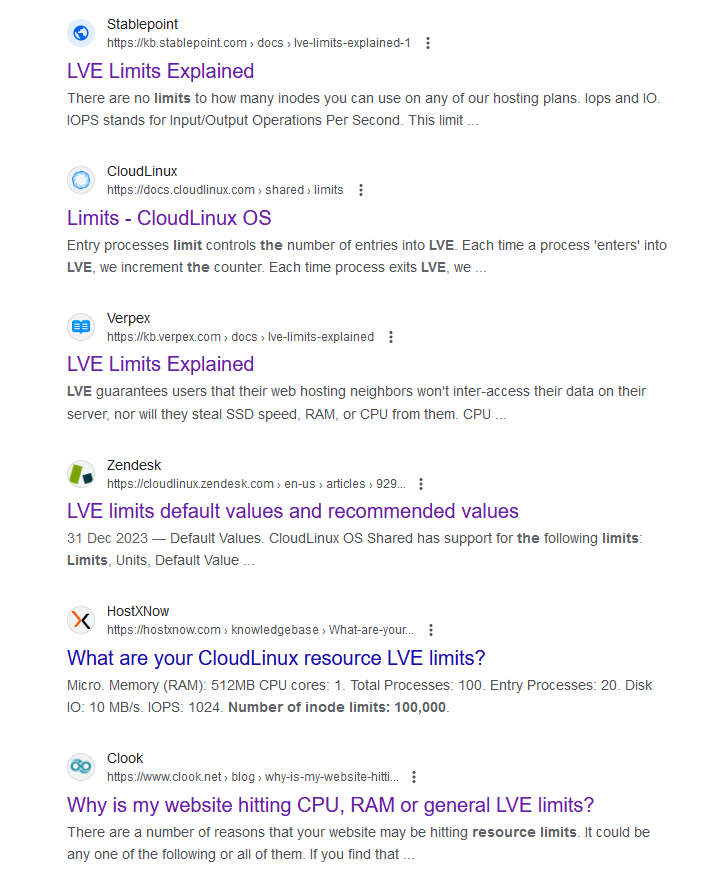
How do LVE limits restrict websites?
Database powered websites
Most modern websites rely on a database to function, and with WordPress itself powering nearly half of all websites (and growing), that will only continue to rise.
Popular web apps that rely on databases include:
- Magento
- WooCommerce
- Joomla!
- Drupal
The flow of data from your database(s) to the end user puts extra strain on the server hosting your content.
When a user visits your site, your server has to process the static content (e.g. images, CSS and JavaScript), as well as fetch the necessary information from your database. This data processing uses your LVE allowances.
Traffic spikes
Sudden traffic surges strain servers, especially on shared/reseller plans not meant for heavy loads.
Sometimes a CDN can absorb enough traffic during spikes, but unless you’re using a free and unlimited CDN like 20iCDN, you’re likely limited by how much traffic you can pass through the CDN without being charged extra.
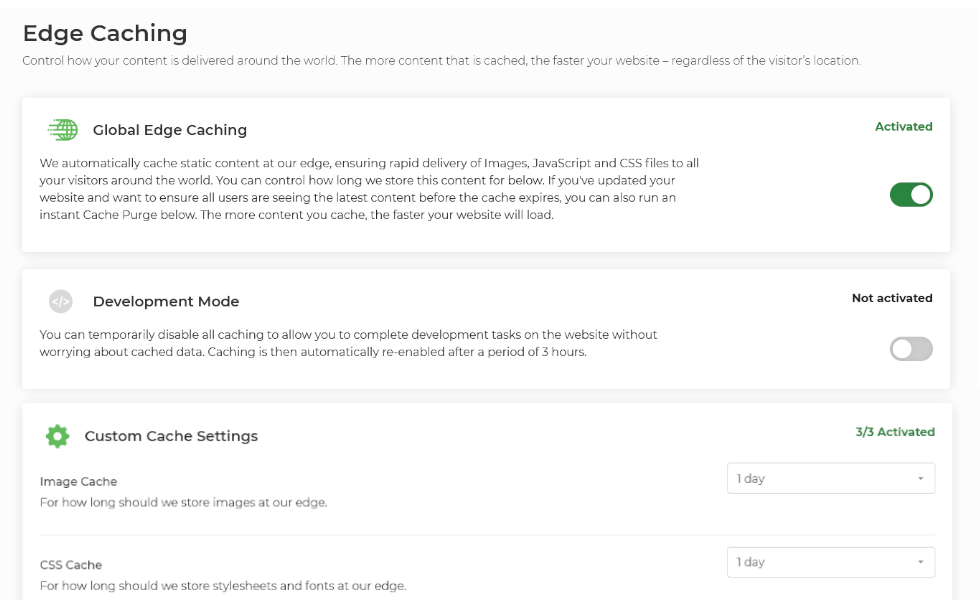
Plugins
Website plugins, whether they enhance functionality, improve design, or optimize performance, consume server resources.
These resources include CPU, RAM, and I/O (Input/Output). When a plugin is activated, it runs code, queries databases, and performs various tasks.
Each of these actions requires server resources.
Badly written or inefficient plugins can cause excessive CPU usage. For instance, outdated or incorrectly coded scripts may create loops, leading to continuous resource consumption.
Even a few concurrent requests to such scripts can push the website over its resource limits.
When the site exceeds its allocated CPU resources due to plugin-related processing, users may encounter 500 or 503 errors, indicating that the server cannot execute the script.
Plugins that store data in memory or perform complex operations can strain available RAM. If a site exceeds its memory limit, it may become unresponsive or slow.
Why don’t 20i Resellers have LVE limits?
Because our Reseller Web Hosting isn’t limited by cPanel or CloudLinux, we have been able to build a technology that enables you to host websites across our entire platform through our autoscaling cloud hosting technology.
This means we don’t have to put any limits on a site’s available resources.
Autoscaling literally means that our resources scale automatically. Bandwidth, memory and processing power is scaled up or down instantly – depending on demand.
This is what makes them true ‘elastic cloud’. If there’s a surge in traffic, your website will continue to offer the same fast experience for every user.
This is because a site isn’t hosted on one or two servers. Instead, it can access the whole platform’s resources: multiple servers. It’s what makes the 20i reseller platform special.
If there’s a spike in demand and your hosting ‘neighbours’ become busy, it doesn’t affect your site speed. Busy sites are instantly isolated from others.
Creating tiered package limits with 20i
Not having any LVE limits doesn’t mean you are committed to offering unlimited hosting to all your customers.
Creating tiered hosting packages is really easy with 20i, and you can specify disk space, bandwidth, database, FTP etc. allowances in just a few clicks.
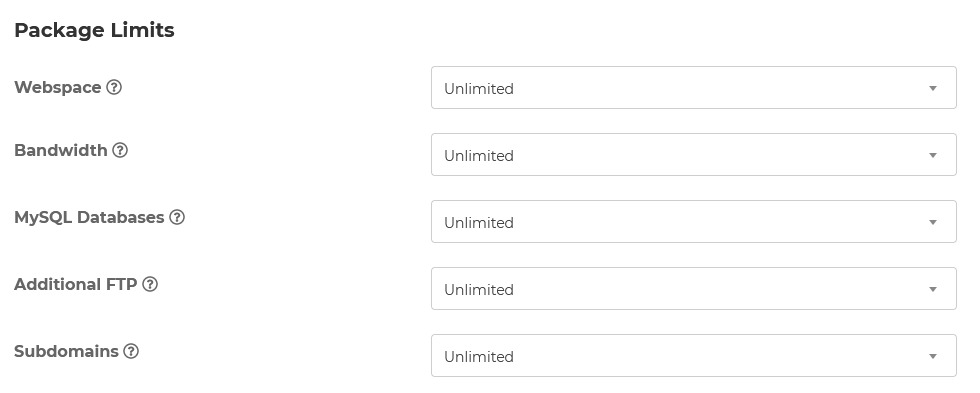
However, you don’t need to specify things like cores, CPU usage, input/output.
We believe your customers shouldn’t have to worry about those impacting on performance, so you don’t either.
How can I use not having any LVE limits to attract new hosting customers?
As a web host with no LVE limits, you’re in a unique position to entice potential hosting customers.
Here are some ideas to help leverage this advantage:
Promote Performance and Scalability
- Highlight that your hosting service doesn’t impose any artificial limits on CPU, RAM, or processes.
- Emphasize the scalability for websites and applications. Customers won’t face sudden slowdowns due to resource constraints.
Uptime and Reliability
- With no LVE limits, assure customers of consistent performance even during traffic spikes.
- Use phrases like “uninterrupted service” and “High- availability.” (Read more about High-availability hosting)
Developer-Friendly Environment
- Developers love freedom. Position your hosting as a playground for creativity.
- Mention that they can run resource-intensive applications, experiment with various technologies, and build without constraints.
Optimized for Resource-Hungry Apps
- Target customers who run data-heavy applications or e-commerce sites.
- Explain how unlimited LVE limits allow these apps to thrive without compromise.
Educational Content:
- Create blog posts or videos explaining the significance of LVE limits.
- Educate users about how other hosts impose restrictions and how your service stands out.
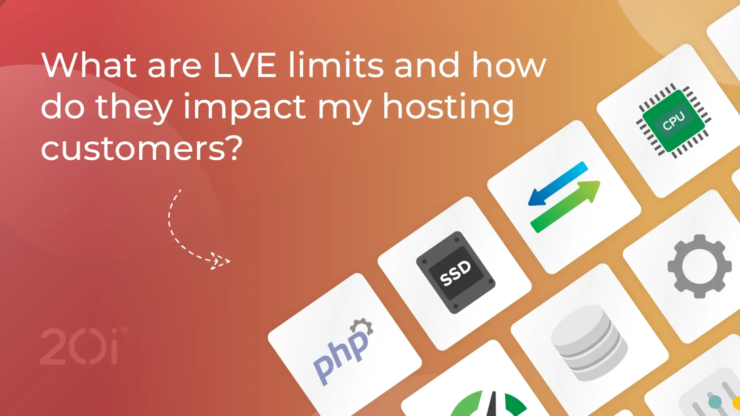

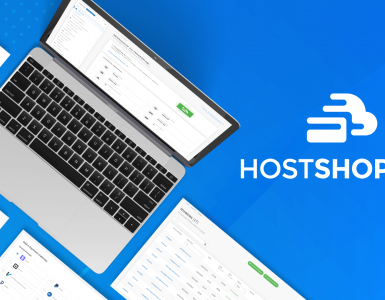
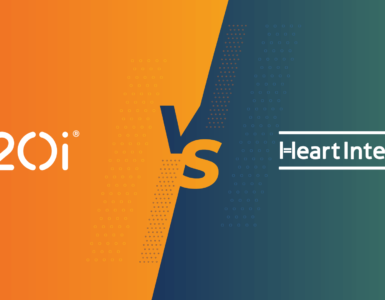
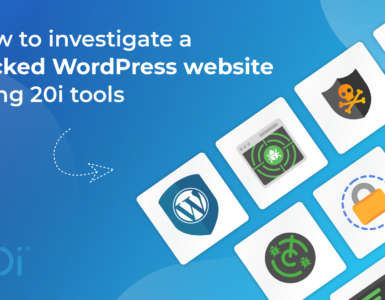









Add comment